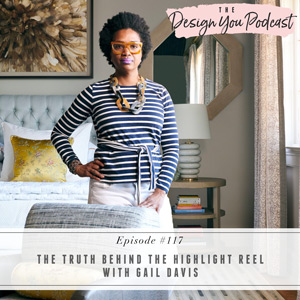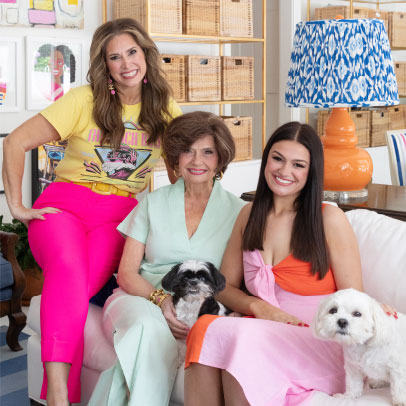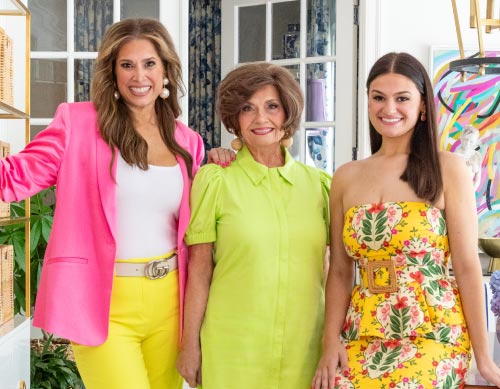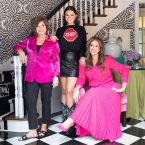
Hey friends and welcome back to the podcast! This week, it’s time for girl talk and my friend Gail and I are talking about telling the truth. We all know what it’s like seeing people on social media sharing highlight reels filled with sunshine and rainbows, but we forget that it’s not always the reality. Well, today, we’re talking about reality!
Many people online who have ‘made it’ share their successes, but they only tell the story of when they’ve arrived at success, as opposed to the journey they took to get there. We all want to get to the aspirational place we’re going, but we also need to know what the path there looks like. We need to stop comparing ourselves to what we see online and remember that people don’t always share the lows along with the highs.
Tune in this week where we’ll have an honest discussion and discover why you get ahead when you are truthful. Gail shares her own experiences as a Black woman in the design industry and talks about the obstacles she faces in her day to day life, simply due to the color of her skin. Now, that’s the reality for many people, that we don’t always see.
If you want to keep this conversation going, you have to join my free Design You Podcast community on Facebook. We have great conversations over there about the podcast episodes and our podcast guests are in there too! So head on over and I’ll see you there!












